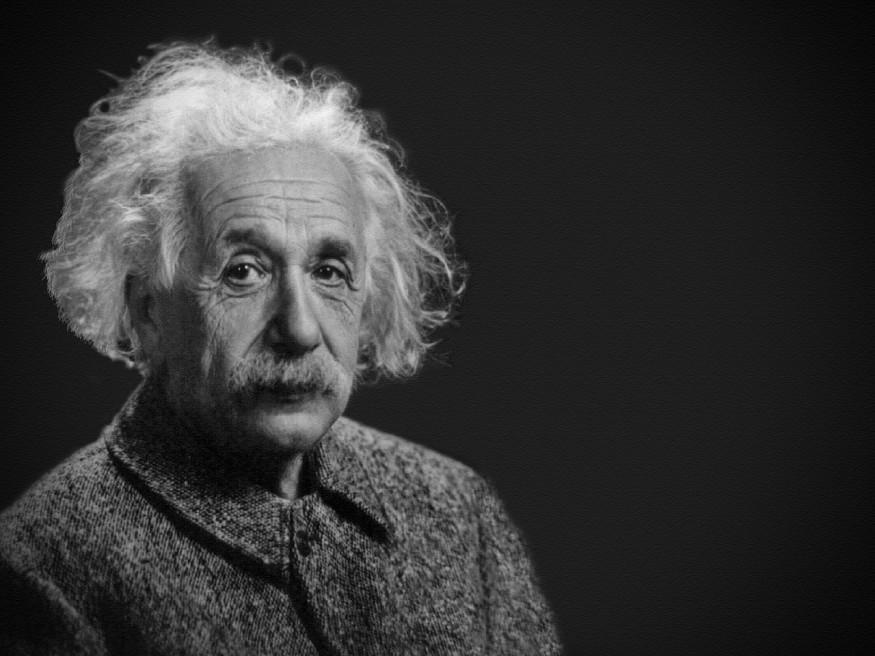In a groundbreaking quantum experiment, superconducting qubits were used to demonstrate the violation of local realism in quantum mechanics, showing that two objects can behave as a single quantum system despite a significant separation between them.

Probing Quantum Entanglement with Superconducting Qubits
Although previous experiments have already challenged local realism, this experiment stands out as the first to ensure that light cannot travel between the qubits during measurements by cooling a 30-meter-long aluminum wire to extremely low temperatures, ARS Technica reported.
The exceptional control over the qubits achieved in this experiment enhances the precision of such measurements and establishes a valuable hardware setup for future advancements in quantum computing.
Albert Einstein expressed skepticism about the implications of quantum entanglement, where entangled objects behave as a unified system regardless of their separation. Attempts to explain this behavior using hidden variables, preserving "local realism," have proven inadequate in describing our reality.
Physicist John Bell's work demonstrated that local variable frameworks restrict the degree of correlation among quantum objects, while quantum mechanics predicts higher correlations. By studying entangled particle pairs and testing Bell's equations, we can conclusively show that hidden variables cannot explain their behavior.
While early experiments left room for loopholes, subsequent research has gradually closed them, leading to Nobel Prize-worthy discoveries. Returning to these experiments is motivated by the exceptional control offered by qubits, enabling extensive exploration and rapid experimentation.
It also presents an intriguing technical challenge, as superconducting qubits require delicate manipulation of low-energy microwave photons while minimizing environmental interference.
READ ALSO : Quantum Mechanics Helps Physicists Pull Energy Out of Thin Air as Evident in Two Separate Experiments
Quantum Bell Test Breaks Boundaries
Science Alert reported that scientists utilized a 30-meter-long tube cooled to nearly absolute zero to perform a quantum Bell test, which involves simultaneous measurements of entangled qubits. Breaking a mathematical inequality in the test indicates the validity of quantum mechanics.
This experiment not only extended the Bell test to longer distances than previous attempts but also employed superconducting circuits, which are crucial for advancing quantum computing. The experiment's structure, featuring numerous micrometer-sized electronic circuits, offers potential for various applications.
By efficiently demonstrating the violation of Bell's inequality, this approach holds promise for practical uses, such as secure encrypted communications. Despite the machine's complexity, the researchers believe it can be scaled up to further expand our understanding of quantum mechanics.
To eliminate any loopholes, the measurements were taken in a time shorter than the light's travel time through the tube, ensuring no information exchange occurred between the entangled qubits. Microwave photons were employed to create entanglement, and over a million measurements were analyzed to reveal the violation of Bell's inequality.
This experiment achieved the longest separation between entangled superconducting qubits to date, highlighting the potential of qubit technology and its relevance to future quantum computers.
The researchers emphasize that non-locality, demonstrated here with superconducting circuits, can serve as a valuable resource in quantum information technology with applications in quantum communication, computing, and fundamental physics.
The full findings of the research, titled "Loophole-free Bell inequality violation with superconducting circuits," in the journal Nature.
RELATED ARTICLE: Physicists Overcome Decades-Long Hurdle in Fundamental Physics: Control Two Quantum Light Sources Simultaneously
Check out more news and information on Quantum Mechanics in Science Times.
© 2026 ScienceTimes.com All rights reserved. Do not reproduce without permission. The window to the world of Science Times.










